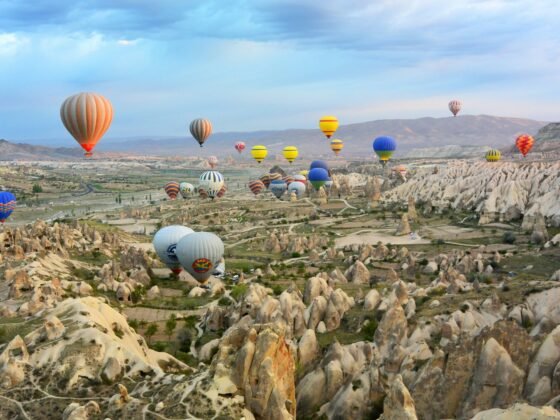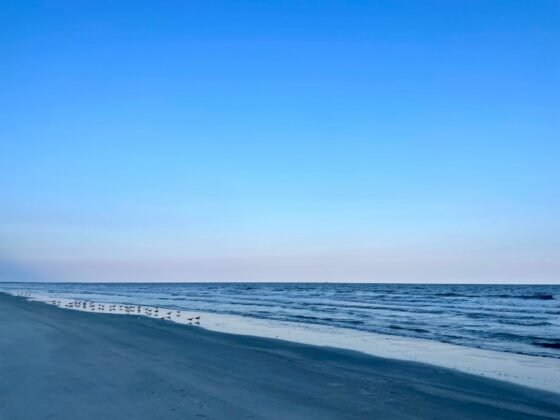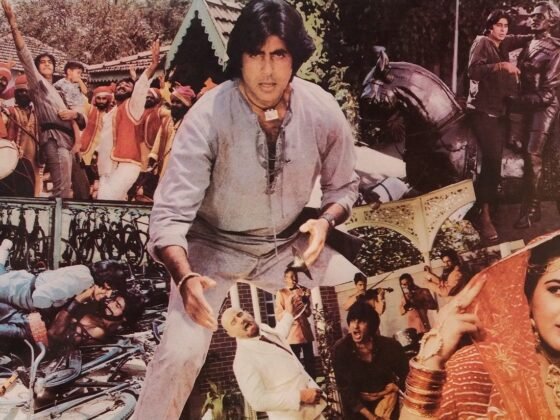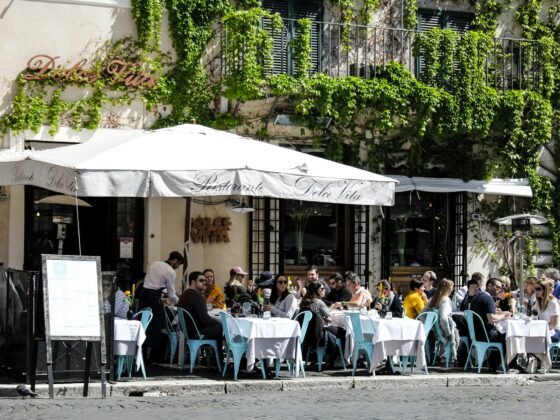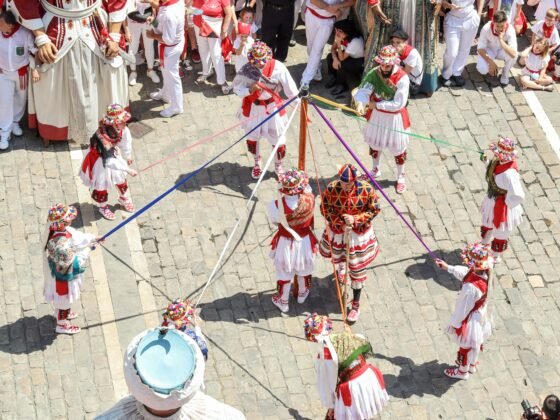The bomb went off on platform three of Fort Railway Station as passengers got out of packed railway carriages. 12 were killed, and over 100 injured by the blast. By the time I got to the airport news of the atrocity was already starting to filter through. Security staff were on edge. Soldiers carried their weapons at the ready. The crowd at the taxi rank was unusually self-controlled, waiting for the next attack. There had been another bombing at the zoo the previous day, and the international airport was widely considered a likely target. The heavily sandbagged machinegun emplacements, barbed wire and checkpoints told everyone to take care.
My journey home began in the heavily fortified Colombo business area the day before Sri Lanka celebrated 60th years of independence. Only a few weeks earlier the civil war had reached its intense, final stage with the collapse of the Norwegian-brokered ceasefire. I’d been in Peradeniya on a WHO mission, travelling there and back in a privately hired minivan to avoid riskier public transport. Our driver put me in the front seat to stop trigger-happy soldiers loosing off as we approached checkpoints on the Kandy road. But on that journey the main risk was from oncoming vehicles on the wrong side of the road.
The 35km journey from the Cinnamon Grand to Bandaranaike International Airport in Negombo should have taken less than an hour. I asked the concierge how long I needed to allow. It depended on the driver. When I quizzed her why, she suggested leaving for the airport that evening – a full 12 hours before departure. Not wanting to spend the night waiting to check in, I booked for a very early getaway. A short sleep is better than nothing.
The taxi driver arrived dead on time, pristine in a freshly pressed white shirt and looking like he was ready for the parade. As we left the security of the hotel compound he told me in hushed tones that we had to hurry before they closed the road. Then, turning off Galle Road so suddenly I had to grip the sides of my seat, he took us down a side street. “Road block!”, he explained. My pulse raced. To reassure me, he added that he hoped we would get to the airport. Peering out of the taxi, I could see armed soldiers every 50 meters along the side of Kumaram Ratnam Road.
By this time I was running on adrenaline. A heightened situational awareness gave me a new take on the sights, sounds and smells of a tropical city wakening from its slumbers. The streets of Colombo put on a sinister mask as my driver showed off his defensive driving skills. Every time we approached a crowded bus stop we moved over into an outside lane. He kept at least 20 meters between crowded buses and us. And he slowed down to walking pace but never stopped for traffic lights. All the time his eyes darted from side to side and back to his mirror.
It was still dark as we slowed down at the first airport checkpoint. The driver wound down his window. A soldier waved him aside with his weapon, pointing its muzzle into the taxi. Seeing a single European passenger armed only with an open passport, he smiled, mumbled an apology and strutted back to the guard post. But the ordeal was far from over. There was still a long wait in the relative insecurity of the arrivals hall before I could check in for my flight. By this time news of the Fort station bombing had started to filter through. Everyone was jumpy. Returning holidaymakers hugged their baggage, and stayed close in tight little travelling groups. This was not a good time for bored travellers to explore the farther reaches of the terminal building. It seemed that everyone was on the lookout for danger.
Returning to Colombo in 2012, it was clear that Sri Lanka has started to emerge from a long dark night. Most of the checkpoints have gone. New buildings are going up. And the taxi drivers don’t mind if you sit in the back seat where it’s easier to ignore the buses approaching you on the wrong side of the Kandy road.
Now would be a good time to take the coast road from Batticaloa via Trincomalee to Jaffna.
T Inglis


